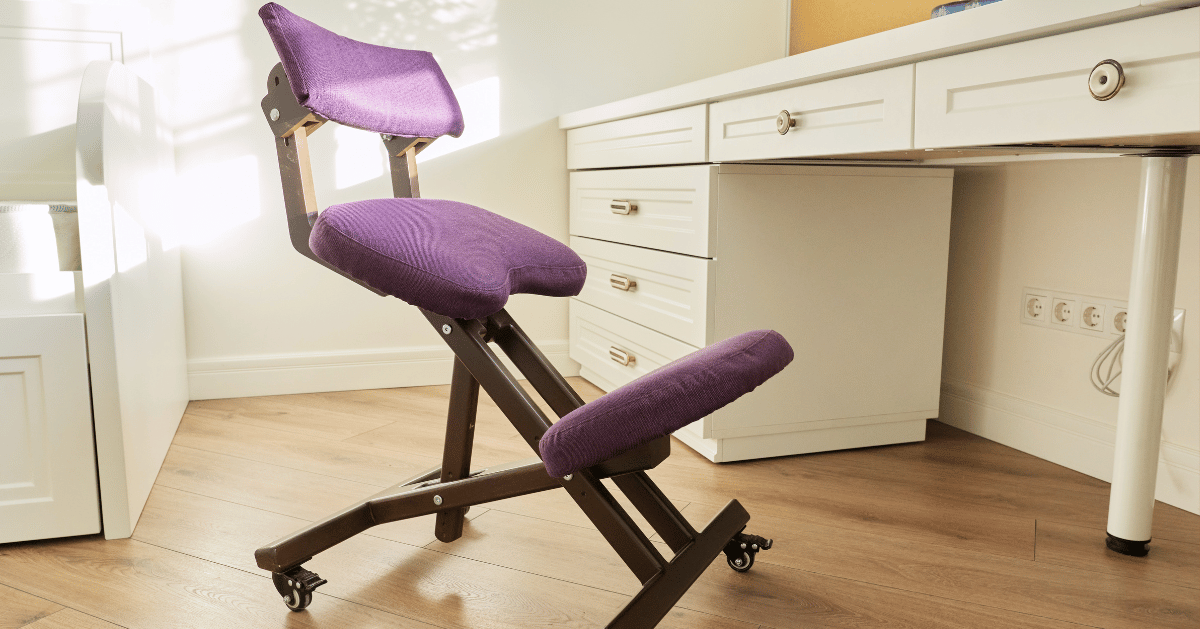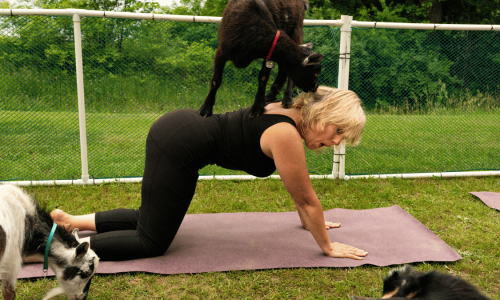Kneeling chairs are becoming more common in both offices and homes as people search for alternatives to traditional chairs. These chairs are designed to help improve posture by angling your thighs and encouraging a slight forward lean. The idea is to take pressure off your lower back and support better posture while working.
However, many people wonder if kneeling chairs are bad for your knees. While they might help your back, the pressure on your knees from this seating position can be a concern for some.
In this article, we’ll break down the pros and cons of kneeling chairs, focusing on how they affect your knees and find the answer Are Kneeling Chairs Harmful to Your Knees?
Read Also: Can You Fly a Drone in the Rain?
Table of Contents
ToggleHow Kneeling Chairs Work

Kneeling chairs are designed to shift your body into a position that reduces pressure on your spine. Instead of sitting with your knees bent at 90 degrees like in a regular chair, a kneeling chair angles your thighs downward, typically at about 60 to 70 degrees. Your shins rest on padded supports, which helps distribute your body weight between your knees and buttocks.
This position encourages you to sit upright and engage your core muscles, which can help improve your posture. By opening up the angle between your torso and thighs, a kneeling chair can also relieve pressure on your lower back, making it a popular choice for people with back pain or those looking for a more ergonomic seating option.
The design focuses on posture correction, but its effects on your knees depend on how long you use it and how well your body adjusts to this new sitting style. Understanding this balance is key to evaluating whether kneeling chairs are beneficial or potentially harmful to your knees.
Are Kneeling Chairs Harmful to Your Knees?
Kneeling chairs are generally safe for short-term use, but they can cause discomfort or harm to your knees if used incorrectly or for long periods. The unique design of the chair distributes some of your body weight onto your shins and knees, which can put pressure on the kneecaps. For people with healthy knees, this usually isn’t a major issue, but for others, it can lead to pain or strain, especially if used for extended periods.
The key factor is how long you sit in a kneeling chair and how well your body adjusts to the position. Sitting for long hours without breaks can cause knee stiffness, numbness, or poor circulation in the legs. People with pre-existing knee issues or sensitive joints should be particularly cautious, as the added pressure can worsen these problems.
While kneeling chairs offer great posture benefits, they’re best used in moderation, with frequent breaks and proper adjustments. Listening to your body and making sure you’re not overloading your knees will help prevent potential harm.
Who Should Avoid Kneeling Chairs?
While kneeling chairs can be beneficial for posture, they are not suitable for everyone, especially if you have knee issues. People with pre-existing knee conditions like arthritis, joint pain, or injuries should avoid using kneeling chairs, as they put additional pressure on the knees. The design, which shifts some of your weight onto your shins and knees, can aggravate these conditions and lead to discomfort.
Additionally, older adults or people with weak knees may find it difficult to sit comfortably in a kneeling chair for long periods. The angle and the weight distribution might strain already sensitive joints. If you’re recovering from knee surgery or an injury, it’s best to avoid kneeling chairs until you’re fully healed.
It’s also important to consider your daily routine. If you need to sit for extended periods, a kneeling chair might not be the best option. While it can improve posture in the short term, using it all day can lead to knee pain or circulation problems, particularly in the lower legs.
Those with knee concerns or who need to sit for long periods should be cautious when considering a kneeling chair.
FAQs about Kneeling Chairs and Knee Health
1. Are kneeling chairs suitable for everyone?
While kneeling chairs can provide ergonomic benefits for many individuals, it’s important to consider individual needs and comfort levels before determining their suitability for everyone.
2. Can kneeling chairs help relieve knee pain?
Kneeling chairs may offer temporary relief and improved posture, but they are not a cure for pre-existing knee problems or injuries.
3. How long does it take to adjust to a kneeling chair?
The adjustment period for a kneeling chair varies from person to person, but typically it takes a few days to a couple of weeks to adapt to the new sitting posture.
4.Are kneeling chairs recommended for people with knee injuries?
Consult a healthcare professional before using a kneeling chair if you have a knee injury to determine if it is appropriate.
5.Can kneeling chairs be used for extended periods of time?
Kneeling chairs are designed for ergonomic support, but it is advisable to take breaks and alternate sitting positions when using them for extended periods of time.










